I saw the Lady, who erewhile appeared / Veiled underneath the angelic festival, /Direct her eyes to me across the river. / Although the veil, that from her head descended, / Encircled with the foliage of Minerva, / Did not permit her to appear distinctly, / In attitude still royally majestic / Continued she, like unto one who speaks, / And keeps his warmest utterance in reserve: / “Look at me well; in sooth I’m Beatrice! / How didst thou deign to come unto the Mountain? /
Didst thou not know that man is happy here?” (Alighieri, Dante, The Divine Comedy, Purgatorio, Canto XXX, translated by Henry Wadsworth Longfellow, 1867, available online here)
Last Thursday I was invited at the opening of the exhibition “The Divine Comedy: Heaven, Hell, Purgatory Revisited by Contemporary African Artists” in the MMK Museum für Moderne Kunst Frankfurt am Main. The concept of the exhibition, developed by the curator Simon Njami in cooperation with the MMK, transports the universal issues of Dante’s Divine Comedy into the present and places them in a transnational contemporary context.
It is a very successful concept. Each of the three museum floors is assigned to the three realms of the afterlife: paradise, hell and purgatory. At the exhibition entrance, three circuit installations in white, red and black symbolize those three realms.
 Particularly impressive was the opening performance of the artist Majida Khattari with 72 young women wearing in Morocco handmade costumes and masks taking up the Islamic vision of paradise.
Particularly impressive was the opening performance of the artist Majida Khattari with 72 young women wearing in Morocco handmade costumes and masks taking up the Islamic vision of paradise.
[slideshow_deploy id=’1814’]
Absorbed in viewing some of the powerful exhibits, I forgot about the rush of the visitors around me and remembered my grandfather reciting his favourite verses of Dante in Italian:
“Thou hast to know I was Count Ugolino, / And this one was Ruggieri the Archbishop; / Now I will tell thee why I am such a neighbour. / […] I wept not, I within so turned to stone; / They wept; and darling little Anselm mine / Said: ‘Thou dost gaze so, father, what doth ail thee?’ / Still not a tear I shed, nor answer made / All of that day, nor yet the night thereafter, / Until another sun rose on the world.” (Alighieri, Dante, The Divine Comedy, Inferno, Canto XXXIII, translated by Henry Wadsworth Longfellow, 1867, available online here)
Here are some pictures of the most impressive works of the exhibition, courtesy of the MMK Press Office (photos by Axel Schneider and Ela Bialkowska):
[slideshow_deploy id=’1820’]
And so I strolled through the museum, shuddering at the sight of some installations and smiling at some others, watching the enthusiastic numerous visitors and thinking about our manifold visions of the afterlife.
At the end of the exhibition, I stopped in front of the installation “Silence” by Zoulikha Bouabdellah. It was a clear allusion to an Islamic prayer room.
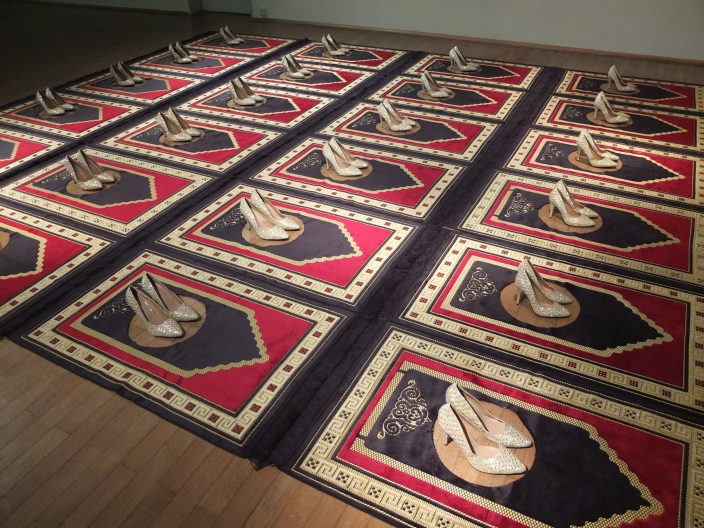 But I thought automatically to another, slightly humorous interpretation of the installation. I asked myself whether the paradise of a fashionista might look like this. Once home, I reconstructed my version of the installation ….
But I thought automatically to another, slightly humorous interpretation of the installation. I asked myself whether the paradise of a fashionista might look like this. Once home, I reconstructed my version of the installation ….
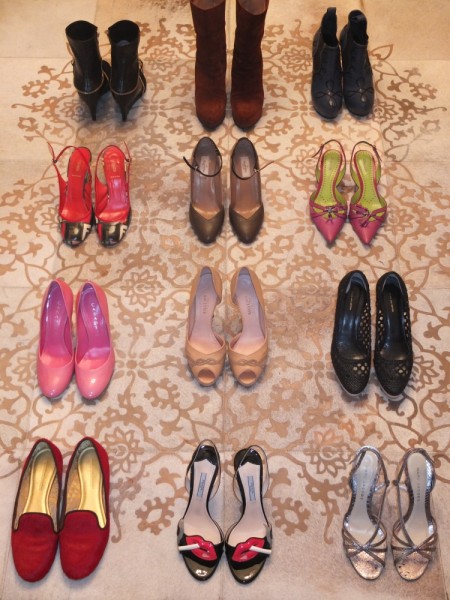 Yes, it is possible to create daily one’s small heavens here on earth, just as one can also create his own small hells. We are the architects of our own fortunes!
Yes, it is possible to create daily one’s small heavens here on earth, just as one can also create his own small hells. We are the architects of our own fortunes!


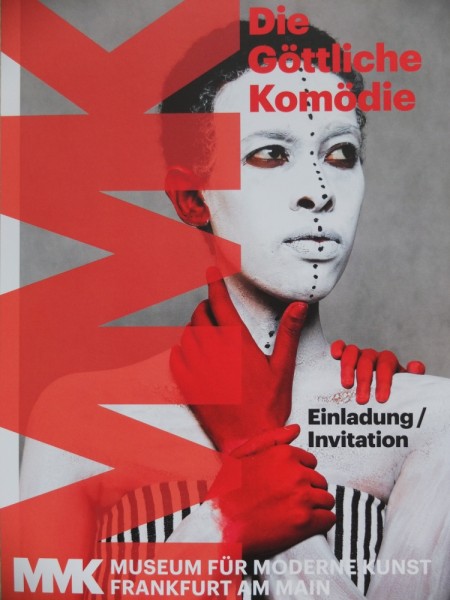
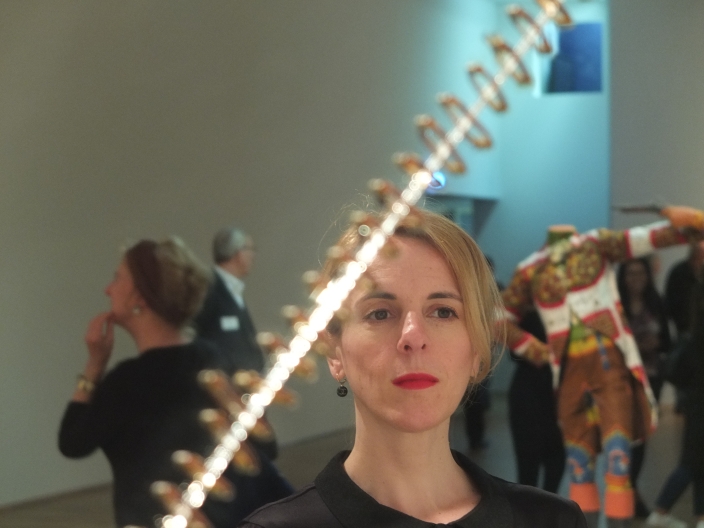


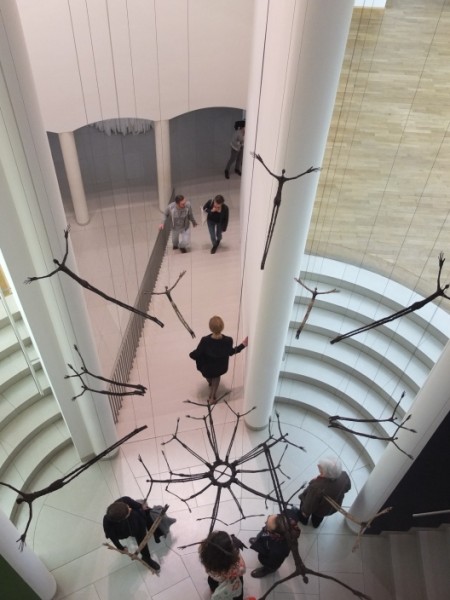
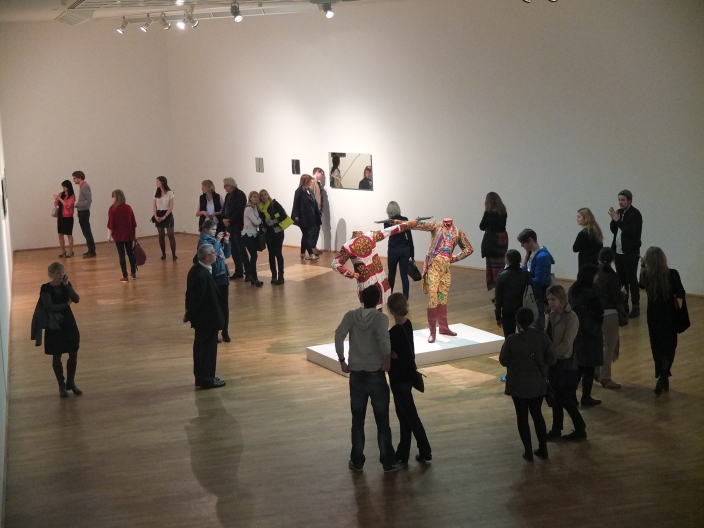
Pingback: Spring in the City | Style Nouveau
In your…Paradise!
Thanks “Beatrice” for sharing such a nice, new and personal experience!
Thanks a lot Elma for reading my cultural experiences! As I wrote, it is just a tiny Paradise for rejoicing at in the everyday life….